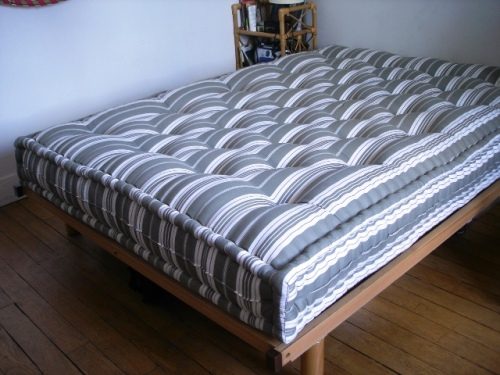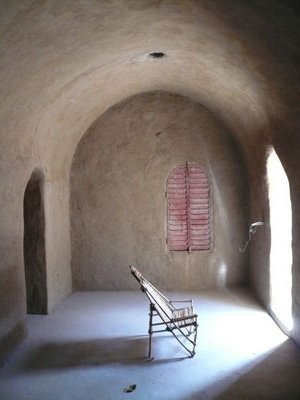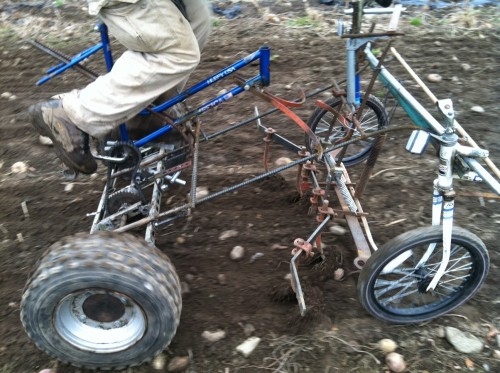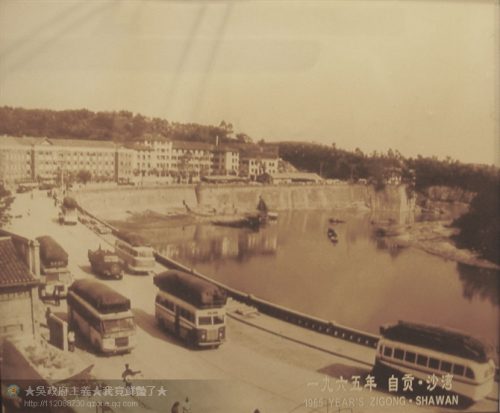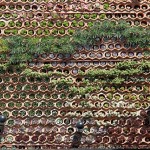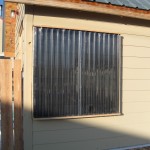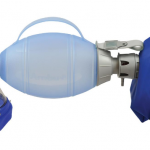“Our mattress is worn out. We need a new one, but I’ve been dreading buying a new one. I don’t like the waste of it all: The ignoble dragging of the old mattress to the curb. The prospect of sleeping on a brand new construct of toxic foam and fire retardants… In Greece, Italy and France mattresses are made by local craftsmen, and are stuffed with 100% wool. These mattresses basically last for life. When the wool gets compressed the mattress guys will empty it out, fluff it up, and re-stuff it, adding more wool if necessary.” [1]
“The bed Mary bought was made by Signor Oldani, a Milanese bed-maker and upholsterer. He made beds the Italian way, and the way we used to make mattresses in England before the introduction of short-lived internally sprung ones.
The beauty of the mattress is that when it needs a wash, the wool can be pulled out, stuffed, in batches, into pillow cases, put through the washing machine and after drying, carded back into fluffy pile before being returned to the mattress cover.
Every few years, it needs to be re-carded, as the wool slowly compacts, says Mary. In Italy during the summer, the mattress man, il cardatore, tours Italian homes, pulls out the wool from their mattresses, re-cards it, adds some more, as the process reduces the stuffing a bit, rebuttons and then sews the mattress cover back up again. Mary submitted her mattress to this process four times.” [2]
“Totally by chance, I found two places in Paris that still make their own 100% wool mattresses by hand… It was ready two days later. They told me to come back in 10 years to have the mattress redone: they pick it up in the morning, take out the wool stuffing, clean and refluff it, put a new cover on it, and then deliver it back to you before bedtime.” [3]
Read more: 1 / 2 / 3. Via Root Simple.
